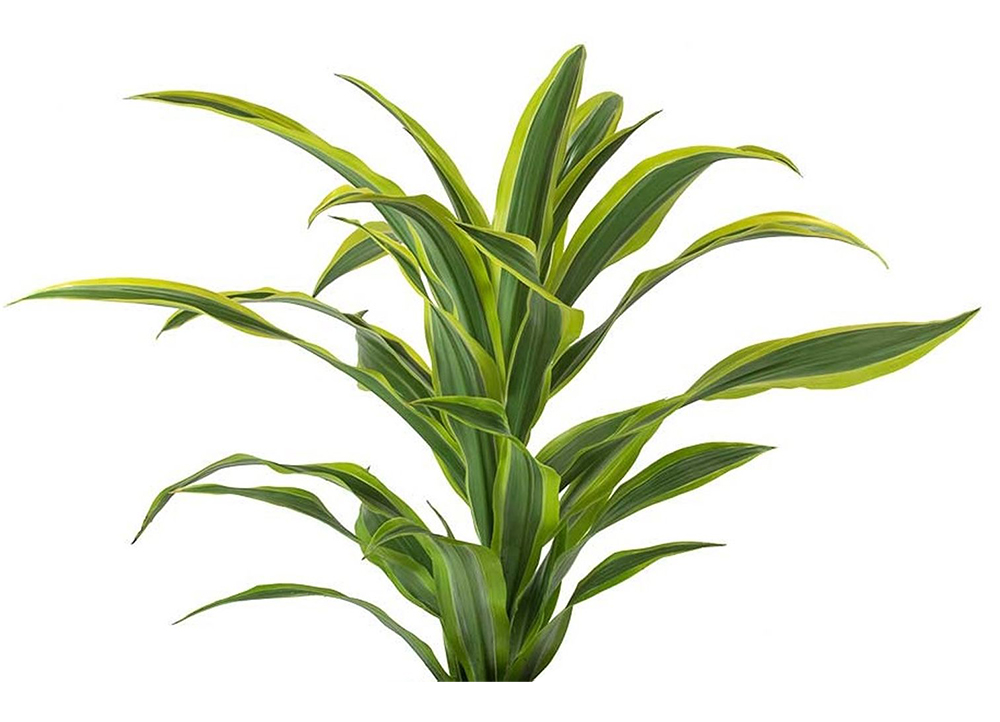Lemon Lime Dracaena (Dracaena deremensis
'Lemon Lime')
Last updated: August 3,
2025
Care Sheet List
This vibrant
plant, with its striking green and yellow striped leaves, is relatively
easy to
care for and a great choice for beginners.
Lighting
Lemon Lime
Dracaenas thrive in medium to bright indirect light.
They can tolerate
lower light conditions, but their colors may not be as vibrant. Avoid
direct
sunlight, as it can scorch their leaves. A spot near an east or
north-facing
window is ideal, or a few feet back from a south or west-facing window.
Watering
Routine
Water your
Lemon Lime Dracaena when the top 1-2 inches of soil feel dry
to the touch.
Use your finger to check. It's better to slightly under-water than
over-water,
as they are susceptible to root rot. When you water, water thoroughly
until you
see water draining from the bottom of the pot. Discard any excess water
in the
saucer. In winter, reduce watering frequency as the plant's growth
slows.
Fertilizer
Requirements
Feed your
Lemon Lime Dracaena during its growing season, which is typically spring
and
summer.
- Type: Use a balanced
liquid houseplant fertilizer.
- Commercial Recommendation: Miracle-Gro
Indoor Plant Food (Liquid) or Schultz Liquid Plant
Food can be used. Dilute these commercial concentrates to achieve approximately 50-100 ppm N
in your final solution. This is often equivalent to using them at "half
strength" or "full strength" of the package's recommended dose.
- DIY Fertilizer Suggestion: For healthy foliage, use your homemade 3-1-2 liquid fertilizer concentrate (High Nitrogen) or a balanced 1-1-1 liquid fertilizer concentrate.
- For 3-1-2 concentrate (30,000 ppm N): Apply at a "Light Feeding" rate, using 1.67 ml per 1 liter of water (resulting in ~50 ppm N). See recipe details.
- For 1-1-1 concentrate (10,000 ppm N): Apply at a "Moderate Feeding" rate, using 10 ml per 1 liter of water (resulting in ~100 ppm N). See recipe details.
- Avoid: Do not fertilize in fall and winter.
Misting
Requirements
Lemon Lime
Dracaenas appreciate moderate humidity. While not
strictly necessary,
occasional misting can be beneficial, especially in dry environments or
during
winter when indoor heating is on. Mist the leaves a few times a week
with
room-temperature water. You can also place the pot on a pebble tray
filled with
water (making sure the pot isn't sitting directly in the water).
Pot Size
and Soil Type
- Pot Size: When repotting
from a nursery pot, choose a new pot that is 1-2 inches
larger in diameter. For example, if it's in a 6-inch nursery
pot, move it to an 8-inch pot. They don't mind being slightly
root-bound, but repotting every 1-2 years will allow for healthy
growth. Ensure the pot has drainage holes.
- Soil Type: Use a well-draining
potting mix. A standard houseplant potting mix is usually
fine, but you can enhance drainage by adding some perlite or coarse
sand (about 1 part perlite to 3-4 parts potting mix).

